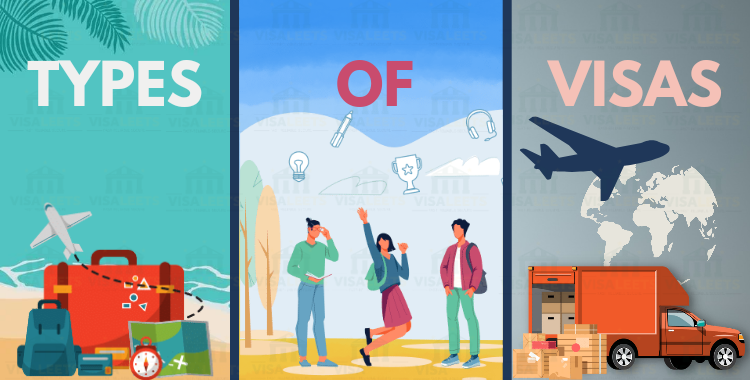With the increase in global connectivity, there is a rise in
the number of people travelling to different countries to get a better
education, job opportunities, attend business meetings, for obtaining advanced
health treatment and just for recreation.
Hence, to regulate this inflow and outflow of people from
one country to another country, the countries of the world have developed
regulatory travel methods which put certain restrictions on international
travel. So, one has to ensure that he/she doesn't violate any international
travel rules to avoid unnecessary punishments.
The two essential documents that are required to travel
universally are a passport and visa. A passport is issued by the home country
recognizing you as its citizen while travelling abroad. The passport provides
certain immunization to the Indian citizen while in a foreign country.
On the other hand, a visa is provided by the regulatory
authorities of the country you plan to visit certifying your entry into their
country. A valid visa is essential for you to stay for a limited period in a
foreign country. In this blog, we will discuss various types of Visas that are
generally issued by countries across the globe.
Types of Visas:
●
Tourist Visa
●
Student Visa
● Transit
Visa
Tourist Visa:
A tourist visa can be opted for when you are planning to visit the country for recreational purposes. One can visit multiple historic places and venture into sporting activities while on a tourist visa. But getting a job or indulging in other activities not related to tourism is strictly prohibited under the tourist visa. You can apply for a tourist visa online or offline.
Student Visa:
One can shift to a different country to pursue higher education on a student visa. The validity of this visa is based on the course on which the individual got enrolled.
Transit Visit:
This is given to travellers who halt in a country for a
small time to catch a connecting flight. It is not required by many countries
and you can apply for a transit visa before you start your trip.











